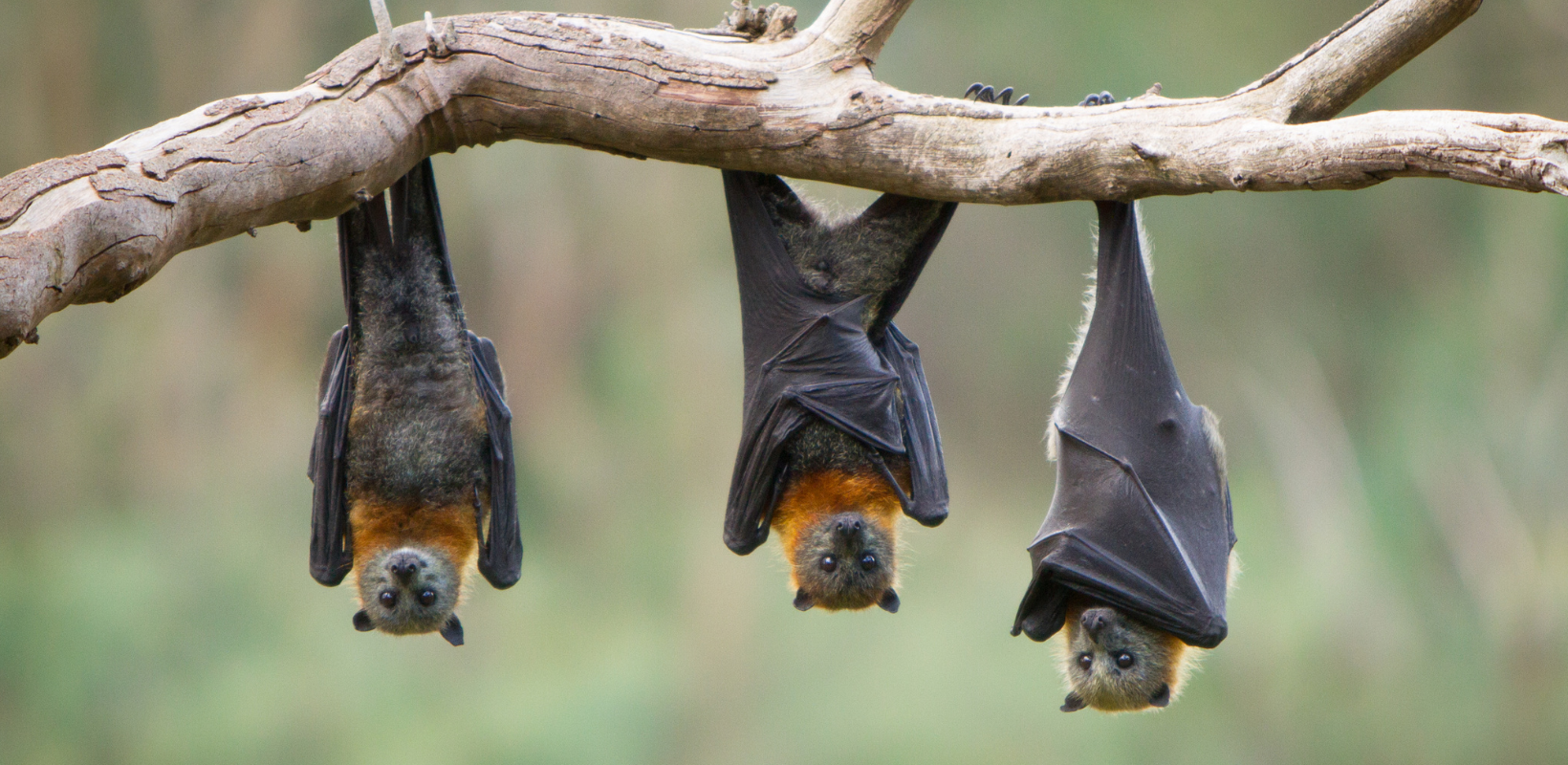
A Guide to Knowing If You Have Bats in Your Home This August
If you’ve been wondering whether a bat might be living in your home, you’re not alone — August is a key time when bats are most active and noticeable. This guide will help you understand the signs to watch for, what to listen for, and why it’s important to act now.
Bats are elusive creatures, often roosting quietly in attics, chimneys, or wall spaces. They usually come out at dusk to hunt insects, but their presence inside your home can sometimes be detected if you know what to look for.
What to Look and Listen For:
-Seeing a Bat Inside Your Living Space: If you have ever found a bat flying or resting inside your home’s living areas, it almost always means there is a colony roosting in your attic or walls. This is an urgent sign that professional help is needed.
-Bat Droppings (Guano): Look for small, dark droppings under potential entry points. These droppings crumble easily and may look like dirt or dust. You might spot them beneath roosting spots under roof overhangs, or near chimney openings.
Grease Stains or Smudges: Bats leave oily marks around areas where they enter and exit, such as vents, soffits, or gaps in roofing.
Seeing Bats Flying Out at Night: If you spot bats leaving your home at sunset, that’s a clear sign they’re roosting inside.
Sounds at Dusk or Dawn: Listen for soft scratching, fluttering or squeaking noises, especially in your attic or near rooflines when the sun sets or rises.
Strong Odours: A musky smell can develop if bats have been in your home for some time due to accumulated droppings and urine.
Professional Confirmation: Because bats can carry diseases and are protected by law, having a professional inspection is the safest way to confirm their presence.
Why Acting Now Matters:
In just a few short weeks, bat removal season will close until spring. Waiting too long could mean living with bats in your home all winter, which can increase health risks, property damage, and cleanup costs. Addressing the problem in August ensures the work can be done humanely, before migration or hibernation begins.
If you think bats may be in your home, Skedaddle Humane Wildlife Control can help. Their methods use safe, humane exclusion techniques to remove bats, seal entry points to prevent their return, and clean and disinfect affected areas.
Acting early keeps your home secure — and helps protect these important animals.



